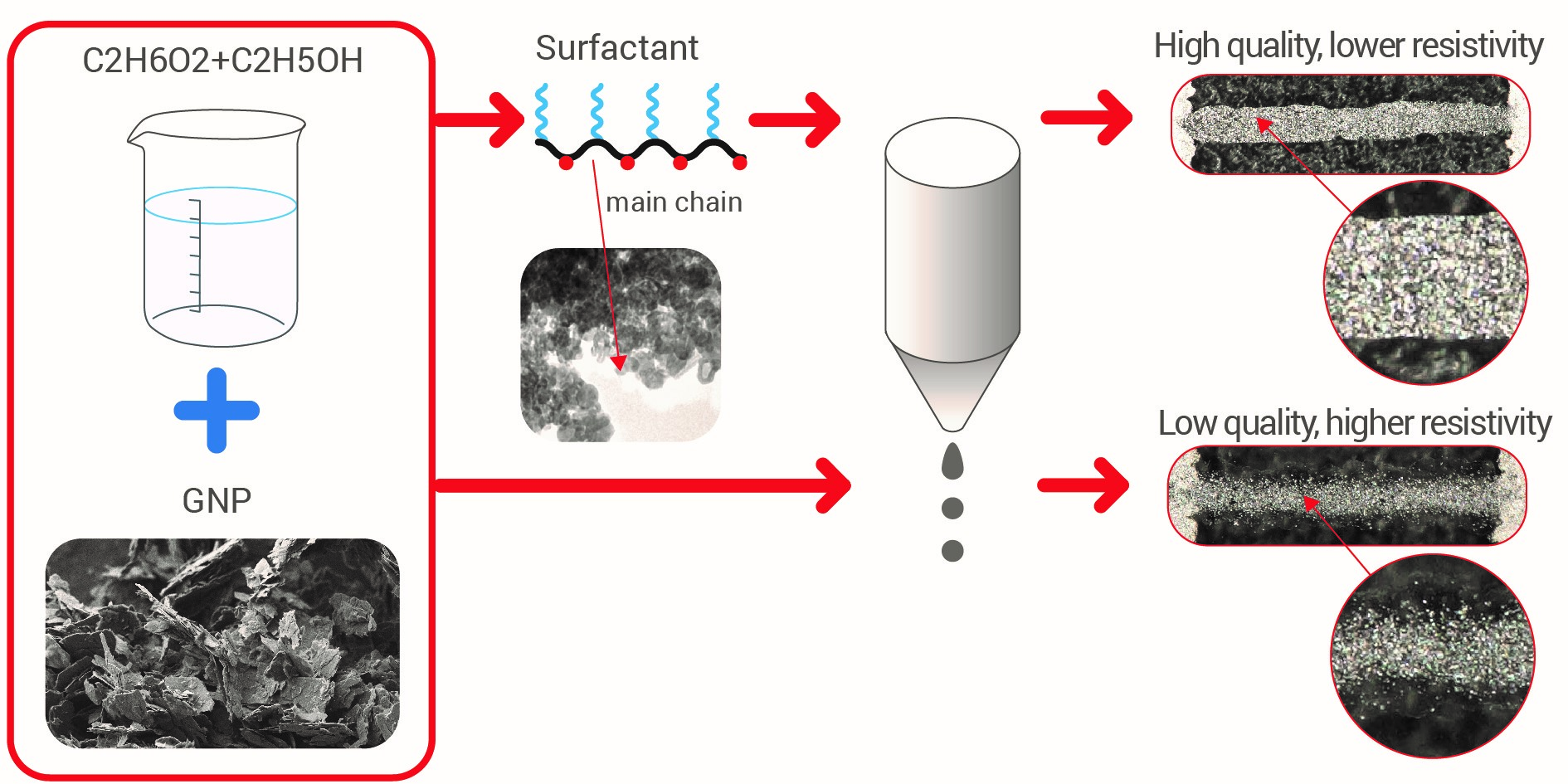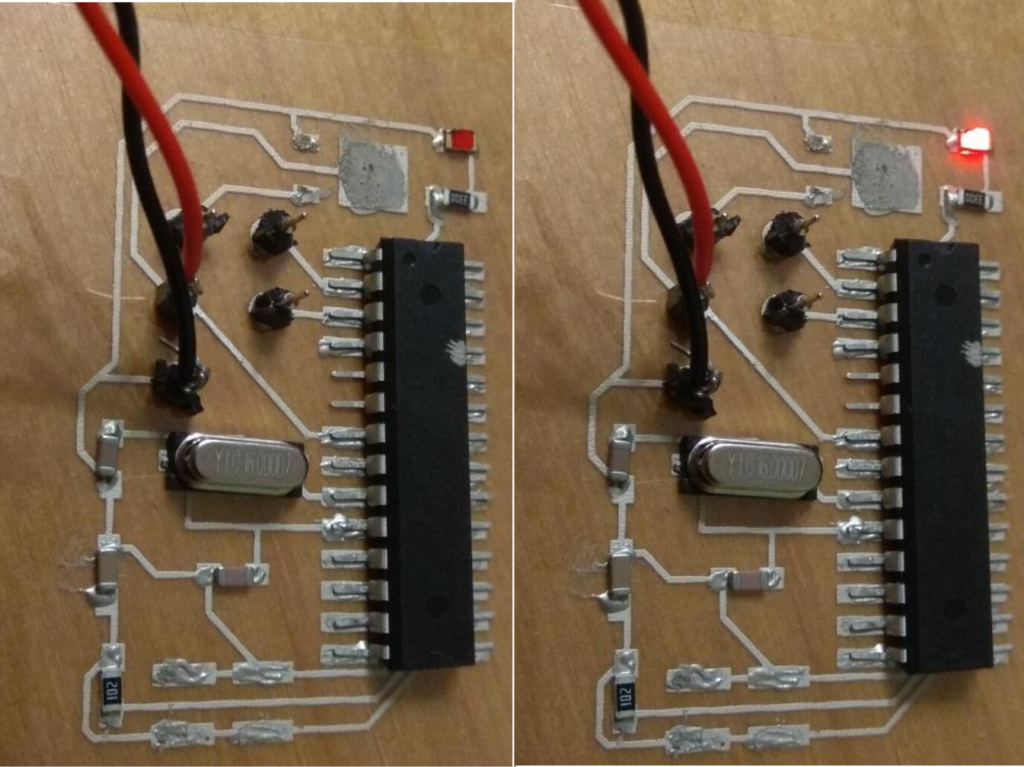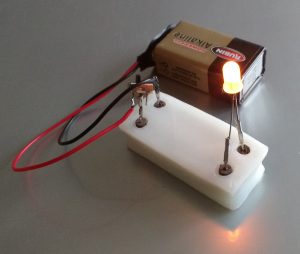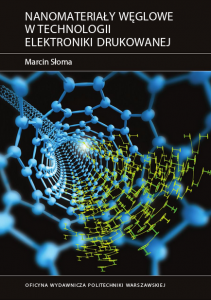Circuit World, vol. 45, no. 1, pp. 26–30, 2019
Purpose
A comparison of electric and viscosity percolation threshold is crucial from the scientific and technical points of view to understand the features and capabilities of heterogeneous graphene composite materials and properly select the functional phase volume. Therefore, the purpose of this paper is to present the analysis of the electrical and rheological percolation thresholds in the polymer–graphene screen printing pastes and the analysis of the relation between these two parameters.
Design/methodology/approach
In the paper, the properties of polymer-based pastes with graphene nanoplatelets were tested: paste viscosity and printed layers conductivity. The tests of pastes with different filler content allowed to determine both the electrical and rheological percolation thresholds using power law, according to Kirkpatrick’s percolation model.
Findings
The electrical percolation threshold for graphene nanoplatelets (GNPs) in the composite was 0.74 Vol.% when the rheological percolation threshold is observed to be at 1.00 Vol.% of nanoplatelets. The percolation threshold values calculated using the Kirkpatrick’s percolation model were 0.87 and 0.5 Vol.% of GNPs in the paste for electrical and rheological percolation thresholds, respectively.
Originality/value
Recently, GNPs are becoming more popular as the material of the functional phase in screen printing heterophase materials, because of their unique mechanical and electrical properties. However, till date no research presented in the literature is related to the direct comparison of both the electrical and rheological percolation thresholds. Such analysis is important for the optimization of the printing process toward the highest quality of printed conductive paths, and finally the best electrical properties.





